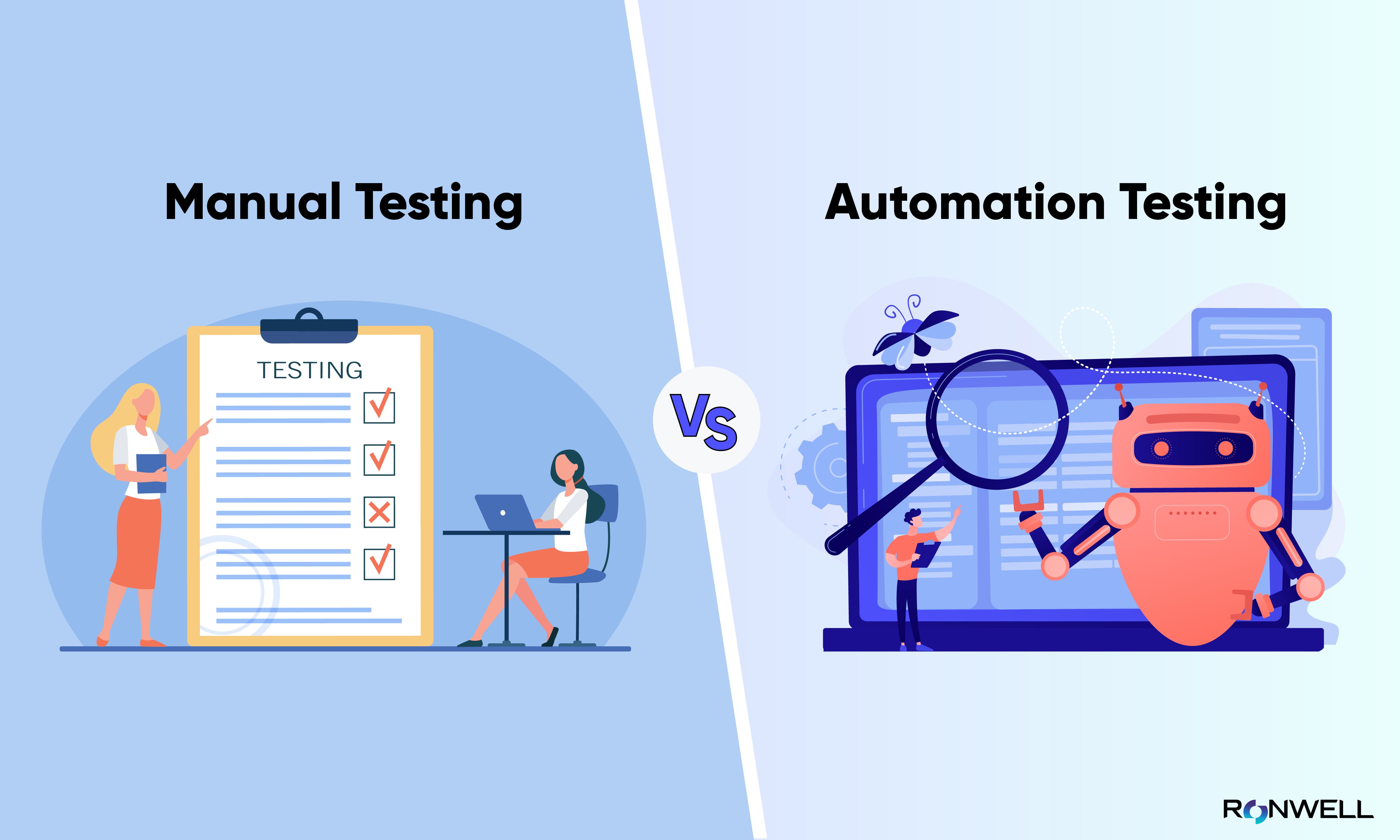From Manual to Automated Testing: A Comprehensive Overview to Transitioning Efficiently and Properly
In the realm of software program screening, the shift from manual to automated procedures has become an increasingly vital change for organizations seeking to enhance efficiency and accuracy in their screening techniques. The trip from guidebook to automated screening is not without its difficulties, but when come close to tactically and with a clear plan in mind, the benefits can be substantial.
Benefits of Automated Testing
Automated screening provides countless advantages, improving performance and precision in software program advancement procedures. Automated tests can be run all at once on several devices and operating systems, drastically speeding up the testing stage contrasted to hand-operated screening.
In addition, automated testing guarantees a greater level of accuracy in spotting flaws. Given that automated tests follow predefined manuscripts, human error is lessened, leading to more reputable test outcomes. Consistency in testing is also enhanced, as automated tests perform the exact same actions specifically each time they are run. This consistency is important in guaranteeing that all functionalities of the software are extensively evaluated, reducing the chance of unnoticed bugs sliding with to production.
Selecting the Right Tools

First of all, evaluate your purposes and demands. Understand the extent of your job, the innovations included, and the skill collection of your group. This analysis will aid you determine the capabilities and functions you need in your screening devices.
Secondly, take into consideration the compatibility of the devices with your existing processes and systems. Seamless combination with your existing software application advancement lifecycle is vital to make certain a smooth transition to automation.
Furthermore, examine the scalability and versatility of the devices. As your screening requires advance, the tools ought to be able to adjust and fit modifications efficiently.
Lastly, factor in the assistance and area around the tools. Robust support and an active user community can offer valuable sources and support when carrying out automated testing. By carefully taking into consideration these aspects, you can choose the right devices that align with your needs and set the phase for an effective shift to automated screening.
Composing Reliable Test Scripts

When crafting examination scripts, it is important to think about the details needs of the software program being examined and make sure that the scripts attend to all crucial capabilities. Detailed and clear naming conventions for examination scripts and examination cases can improve readability and maintainability. In addition, including error handling systems within the examination scripts can aid in identifying and attending to issues immediately.
Furthermore, organizing examination scripts into modular parts can improve reusability and scalability, minimizing redundancy and enhancing effectiveness in examination script upkeep. Regular evaluations and updates to test scripts are critical to equal evolving software application requirements and performances. By following these concepts, testers can develop effective and durable examination scripts that contribute significantly to the success of automated screening processes.
Integrating Automation Into Workflows
Reliable combination of automation devices into existing operations improves processes and boosts efficiency within software program advancement cycles. When including automation into operations, it is vital to determine recurring tasks that can be automated to conserve time and reduce human error. By seamlessly incorporating automated screening tools like Selenium or Appium into the software application growth lifecycle, groups can attain faster feedback on code changes, causing quicker pest discovery and resolution. This assimilation enables continuous testing throughout the advancement process, guaranteeing that any type of issues are identified early, causing greater software application quality. Additionally, automation can be made use of to activate tests automatically after each code devote, giving instant validation and maximizing testers to concentrate on more facility circumstances. Appropriate integration of automation devices needs collaboration in between advancement, testing, and procedures teams to develop a unified process that optimizes performance and efficiency in providing high-grade software application products.
Making Sure a Smooth Shift
Effectively transitioning to automated screening involves careful preparation and mindful execution to lessen disturbances and optimize performance in the software development process - continue reading this automation testing. To make sure find out here a smooth change, it is important to start by carrying out a thorough assessment of the present testing processes and determining locations where automation can bring one of the most considerable advantages. Involving with all stakeholders beforehand while doing so, consisting of developers, testers, and project managers, is essential for gathering assistance and buy-in for the automation effort
Interaction is vital throughout this change stage. Clear interaction of the objectives, advantages, and assumptions of automated screening aids to take care of any resistance or issues that may develop. In addition, giving adequate training and resources for employee to upskill in automation devices and techniques is crucial for making certain an effective change.

Verdict
To conclude, transitioning from manual to automated testing provides many advantages, consisting of raised efficiency and reliability. By selecting the proper devices, creating efficient examination manuscripts, and incorporating automation seamlessly into operations, organizations can make certain a smooth and successful change. It is vital to welcome automation as an important possession in software testing processes to boost total quality and efficiency.
In the world of software testing, the change from guidebook to automated processes has come to be an increasingly important shift for organizations seeking to enhance efficiency and accuracy in their screening practices. Automated tests can be run at the same time on numerous tools and running systems, considerably speeding up the screening phase compared to manual testing. Uniformity in screening is additionally boosted, as automated examinations great post to read implement the very same actions specifically each time they are run.To make sure the successful implementation of chosen testing devices, the creation of efficient test scripts plays a critical duty in verifying the functionality and efficiency of automated processes - automation testing. By following these concepts, testers can create effective and durable test manuscripts that contribute dramatically to the success of automated screening processes
Comments on “Just How Automation Testing Transforms Quality Control Processes”